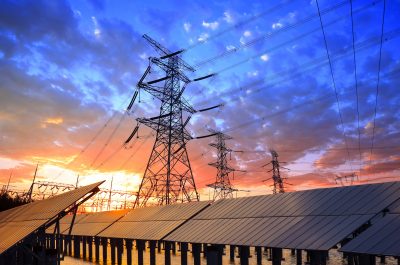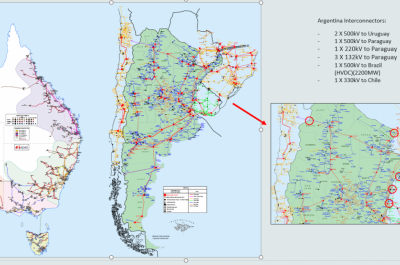Managing the risks on our critical electricity network
Recent events in Australia such as bushfires, floods and cyber attacks have shed light on the potential threats to our critical infrastructure and the importance of making them resilient.
In December 2020, the Federal Government Department of Home Affairs introduced a bill that proposes an amendment to the Security of Critical Infrastructure Act 2018. The legislation seeks to improve the risk management process across critical infrastructure sectors and uplift their security and resilience.
What is critical infrastructure?
The Australian Government defines critical infrastructure as:
‘those physical facilities, supply chains, information technologies and communication networks, which if destroyed, degraded or rendered unavailable for an extended period, would significantly impact on the social or economic wellbeing of the nation, or affect Australia’s ability to conduct national defence and ensure national security’[1].
So ‘critical infrastructure’ does not just cover electricity networks but also includes assets within health, transport, telecommunications, water and several other critical sectors.
Within this broad definition, the bill defines a subset of critical infrastructure entities known as ‘Systems of National Significance’ (SoNS). SoNS refers to those critical assets that are of national significance due to their interdependencies across sectors and cascading consequences of disruptions to other critical infrastructure assets.
Purpose of the Bill
The bill aims to place positive security obligations on owners and operators of critical infrastructure assets. They will be required to manage the security and resilience of their assets by identifying and mitigating risks through an all-hazards approach.
Even though cyber security risks are a key theme of this bill, the all-hazards approach to risk management ensures that both natural and human-induced hazards are covered. This is important, because as we know from recent events, cyber security is not the only hazard we should be worried about.
What can go wrong?
In 2019/20, there was one case of cyber crime reported every 10 minutes[2]. This can range from something minor such as ‘malicious emails’ to major incidents such as the recent attack on Channel Nine. The number of cyber incidents and their severity signals the need to make our critical assets resilient against these threats.
Just a few weeks ago, New South Wales experienced a 1-in-100-year flooding event that forced more than 18,000 people to evacuate their homes and thousands were left without power. A lot of the towns impacted by the flooding are still recovering from the 2019/20 bushfire season.
In addition to these incidents, we have been dealing with a global pandemic. So, it’s no secret that the last year or so has been significant for natural hazards, but the response from the electricity networks has been a positive during these challenges.
Response from electricity networks
In response to the ‘Black Summer’ bushfire season, the energy industry outlined several measures to support bushfire affected communities and help them bounce back as quickly as possible. This included networks working with retailers to waive the network access charge for homes and small businesses while rebuilding sections of the network destroyed by the fires[3].
Electricity networks took novel and innovative approaches to reconnecting customers to electricity, such as deploying stand-alone power systems[4].
SoNS and critical infrastructure are tightly interlinked, for instance telecommunications and electricity. The mobile phone network needs electricity and local communications are highly dependent on the mobile network for the latest information on bushfires and floods. Electricity crews are also dependent on communication networks to ensure power can be restored safely and rapidly following a major event. During the pandemic and following the bushfires, the telecommunications sector and electricity networks started working more closely together to minimise disruptions to customers[5].
During the pandemic, support packages were implemented for residential and small business customers facing financial hardship[6]. Furthermore, electricity networks kept the lights on by undertaking critical maintenance works to ensure a safe and reliable power system[7].
During the recent NSW floods, Essential Energy and Endeavour Energy personnel worked through difficult conditions to restore power to the customers impacted by the floods while providing support to the local community[8].
Recently, Endeavour Energy announced a customer assistance package to help the impacted communities across their network get back on their feet as quickly as possible.
Electricity networks are critical assets and ensuring that they are secure and resilient against a wide range of threats is crucial. But even when things go wrong, it is heartening to see that the energy sector is prepared and committed to supporting their customers.
[1] Australian Government, Critical Infrastructure Resilience Strategy Plan (2015)
[2] Australian Cyber Security Centre, Annual Cyber Threat Report (2020)
[3] Energy Industry Bushfire Disaster Support Package | Energy Networks Australia
[4] Bushfire recovery – more than just new poles | Energy Networks Australia
[5] Bushfires Royal Commission: energy sector issues | Energy Networks Australia
[6] Energy network relief package announced | Energy Networks Australia
[7] Critical energy works need to continue | Energy Networks Australia


